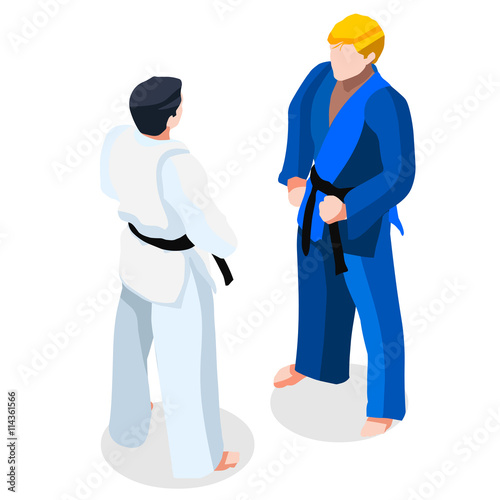How Do The Discipline-Centered Method Of Typical Martial Arts And The Competition-Driven Nature Of Modern Combat Sports Differ? Discover The Significant Differences That Can Shape Your Experience
How Do The Discipline-Centered Method Of Typical Martial Arts And The Competition-Driven Nature Of Modern Combat Sports Differ? Discover The Significant Differences That Can Shape Your Experience
Blog Article
Article Writer-Ware Burch
When you think about martial arts, do you lean much more towards the typical practices or the contemporary battle sports? martial arts to get in shape supplies unique benefits and experiences, formed by their viewpoints and training approaches. Conventional martial arts stress individual growth and self-control, while modern combat sporting activities concentrate on competition and efficiency. Understanding martial arts classes adults near me can lead you in picking the ideal strategy for your journey. However just how do these distinctions materialize in training and viewpoint?
The Philosophy and Background Behind Conventional Martial arts
While lots of people connect martial arts with physical combat, the viewpoint and background behind conventional martial arts run much deeper. You'll locate that these disciplines stress individual growth, self-control, and regard.
Originating from ancient techniques, traditional martial arts were usually developed for Self-Defense and spiritual advancement. They symbolize principles such as equilibrium, consistency, and self-discipline, directing specialists beyond simple battling skills.
As simply click the next document train, you'll not only find out techniques yet additionally gain understandings right into the society and values that shaped these arts. The rituals and traditions, usually given via generations, foster a sense of neighborhood and belonging.
The Affordable Nature of Modern Battle Sports
Modern battle sports have actually changed the landscape of martial arts into a very affordable sector, where professional athletes take on in a test of ability, method, and endurance.
You'll notice that competitions are usually arranged with strict rules and policies, ensuring justice and safety and security. These events bring in large target markets, sustaining the exhilaration and intensity of competitions.
Professional athletes train rigorously, not just for physical expertise but also for mental durability, recognizing that every detail counts in the ring. The adrenaline rush throughout competitors is apparent, as competitors press their limitations to assert victory.
Fans appreciate the athleticism and artistry involved, making contemporary battle sports a thrilling spectacle that continues to progress and mesmerize fanatics around the world.
Training Approaches and Strategies: A Comparative Analysis
The affordable ambience of contemporary combat sporting activities demands ingenious training approaches that differ substantially from conventional martial arts.
In modern-day training, you'll focus on certain methods, sparring, and conditioning, typically making use of drills that simulate actual fight scenarios. You'll see a focus on measurable efficiency and constant competitors to evaluate your skills.
In contrast, conventional martial arts focus on forms, katas, and thoughtful trainings, commonly emphasizing technique and regard over competitors.
Training is usually less extreme and may entail repetitive practice rather than real-time sparring.
While both methods build ability and health and fitness, modern-day combat sports give an extra dynamic and versatile training environment, preparing you for immediate difficulties in the ring or cage.
Select the path that lines up with your goals and rate of interests.
Verdict
In choosing between typical martial arts and contemporary battle sports, it actually boils down to what you value most. If you're seeking personal growth, discipline, and a feeling of area, standard arts may be your best fit. Yet if you flourish on competitors and real-time difficulties, modern combat sporting activities could be the way to go. Inevitably, both courses supply distinct benefits, so it's everything about straightening your training with your individual objectives and rate of interests.
